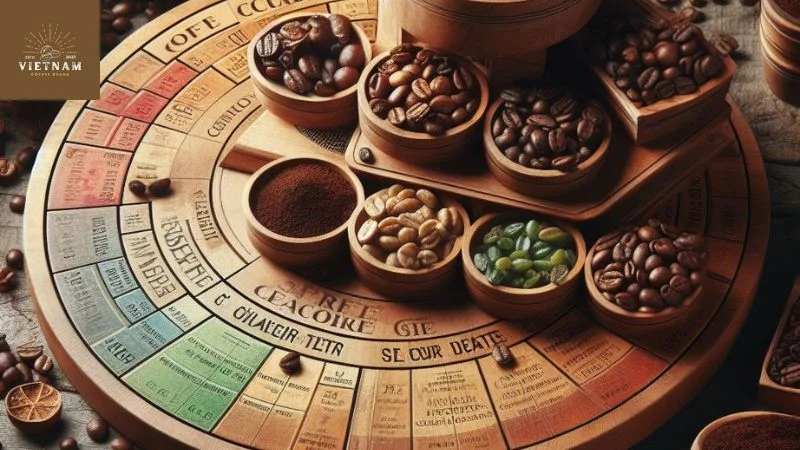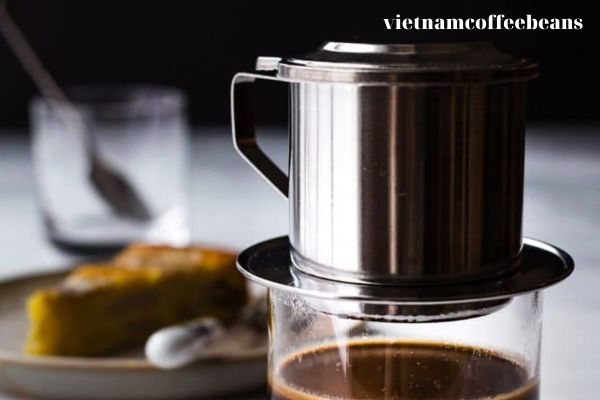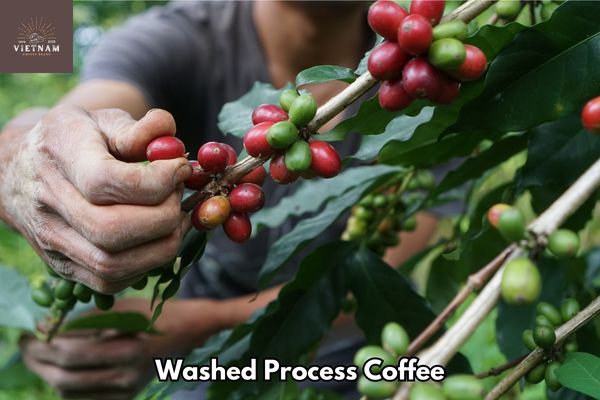Coffee beans grades reason why to regconnize these aspects, as a coffee lover, I’ve always been captivated by the nuanced differences between arabica coffee and robusta coffee, as well as the unique flavor profiles each grade of bean offers. Coffee bean classification and grading is a crucial aspect of the coffee industry, determining the quality and characteristics of green coffee beans.
Beans are typically classified and graded based on attributes like screen size, bean size, shape, and density, often being sorted by size through a sieve to ensure consistency. Understanding coffee bean grades can help determine which type of beans will best suit one’s taste and needs, whether you’re a casual drinker or a professional barista.
Takeaways
- Different grades of coffee beans, from Ethiopia, Kenya coffee, and beyond, offer unique flavor profiles.
- Coffee bean grades are meticulously determined by size, shape, and density.
- Purchasing the highest grade beans, like those sorted by size and screened, ensures the best cup of coffee.
- Understanding coffee bean grades helps determine which type of beans will best suit one’s taste and needs, especially when coffee is often a daily ritual.
Coffee Beans Grades Systems for Quality Assessment
Coffee beans are graded on a scale of 1 to 5, with 1 being the highest grade and 5 the lowest. This grading and classification take into account the size, shape, and density of the beans. Grade 1 beans are the pinnacle of quality, known as specialty grade coffee beans.
They are the largest in size, with bean density reflecting their premium status, and have the fewest defects such as full defect, quakers, or insect damage. These beans are also the most expensive, as they are the most sought after for high-grade coffee.
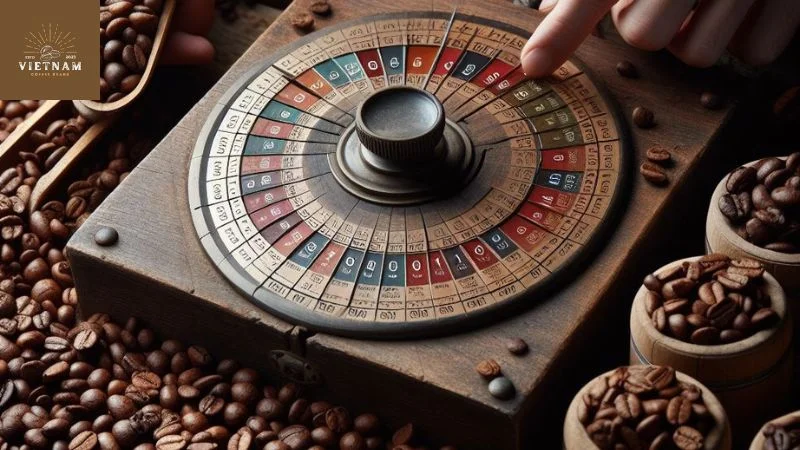
Conversely, Grade 5 beans are smaller, often different sized and smaller beans, with more visible defects, and are commonly used as filler in supermarket brands. The various grades reflect the coffee beans and the overall cup quality, with higher grades like Grade 3 and above producing a better cup of coffee.
Specialty Coffee Bean
Specialty grade denotes the highest quality local coffee beans available. The beans are typically carefully handpicked, sorted, and processed.
Specialty grade beans like Kenya AA and Kona coffee are grown at high altitudes and are free of cup faults and taints, boasting attributes such as larger beans, hard bean texture, rich aroma, and complex flavor.
A roaster will often roast and cup these beans to highlight their distinctive characteristics.
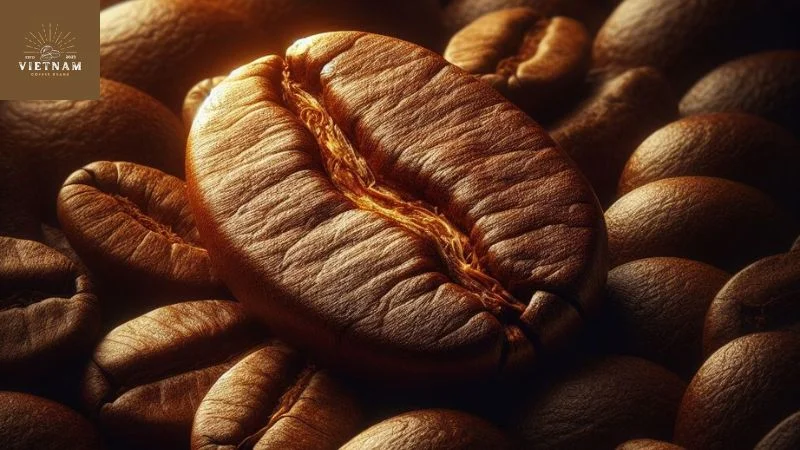
The beans are graded and classified by the Specialty Coffee Association (SCA) based on attributes like size, uniformity, number of defects, and cup quality.
Only beans meeting the SCA’s stringent standards can be classified as specialty grade. These rare beans make a truly special cup of joe and are often the choice for those who compare coffee beans for the ultimate experience.
| Features | Grade 1 |
|---|---|
| Moisture Content | 10-13% |
| Density | 0.90-1.1g/ml |
| Size | Uniform |
| Color | Uniform |
| Sensory Analysis | Pass |
Premium Coffee Bean
- Premium grade coffee beans, such as Guatemala and Ethiopian coffee, are renowned for their mild yet flavorful profile, providing a well-balanced cup that is the hallmark of the best coffee experience.
- These beans are part of a meticulous grading system, where each batch of coffee is carefully inspected.
- Green beans are roasted to perfection, bringing out smooth, sweet tastes with hints of caramel or chocolate, embodying the sca coffee beans classification standards.
- They provide a satisfying cup with a flavor that is intense yet not overpowering, often the choice of supremo beans which are slightly larger than average, ensuring a premium experience.
Exchange Coffee Bean
- Exchange grade coffee beans, such as those from Colombia, are known for their wide availability and affordability.
- They are an essential part of the coffee grade spectrum, often used in blends and appreciated for their balanced flavor.
- These beans, typically used for robustas, originate from the middle of the coffee plant and tend to have a milder flavor profile with slightly higher acidity and caffeine content than premium beans.
- This makes them a popular choice for those who enjoy a daily coffee but are mindful of cost. The grading system ensures these beans maintain a standard quality, making them a staple in the coffee industry.
Standard Coffee Bean
- Standard grade beans are those harvested from the lower sections of the coffee plant. Despite being classified as grade lower than premium or specialty, they can still produce a full-bodied, rich espresso, especially favored for espresso-based drinks.
- These beans often feature a complex flavor profile and aroma, with primary defects and secondary defects like small beans or 3 quakers per 300-gram sample, as evaluated by the grading system.
- The consistency of standard grade beans is crucial, as it allows for a reliably smooth espresso shot, offering a robust option for those who crave an intense coffee experience.
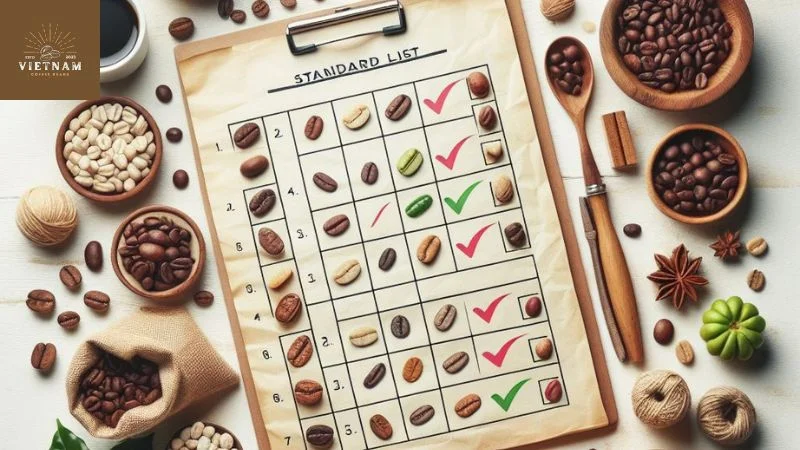
Off-Grade Coffee Beans
- Off-grade beans vary greatly in origin and price. They may include beans that are slightly lower in quality, with some physical defects like discoloration, but can still produce a decent cup of coffee.
- The beans often have a higher moisture content and may result in an unripe or inconsistent roast, yet they provide an affordable coffee experience.
- Understanding the classifications helps find the perfect beans to brew a great cup of joe. Look for high-grade beans to ensure the best coffee’s taste and experience.
- With knowledge of bean grades, coffee lovers can better appreciate the nuances of this beloved beverage.
Call to action
- Embark on a journey of taste with our top-tier coffee beans, each graded to ensure you receive nothing but the finest in your cup. Our beans, grown with precision, are hand-selected and rigorously tested against the SCAA standards to guarantee that specialty grade quality you seek.
- Experience the difference with beans that are not just large in size but also sorted to perfection, ensuring uniformity and the quintessential coffee experience.
- We understand that even a single defective bean can mar an entire batch, which is why our screening process is designed to weed out even the slightest imperfections, like the 5 quakers in a 300-gram sample.
- Take a stand for exceptional coffee. Choose beans that have been grown with care and graded with precision. Choose a cup that stands above the rest.
- Make your selection now and savor the flavor of excellence. Your perfect coffee moment awaits.
Frequently Asked Questions
Hope you get useful information from the article, if you have any questions or want to read more articles about coffeebeans, please visit the website: vietnamcoffeebeans.com

